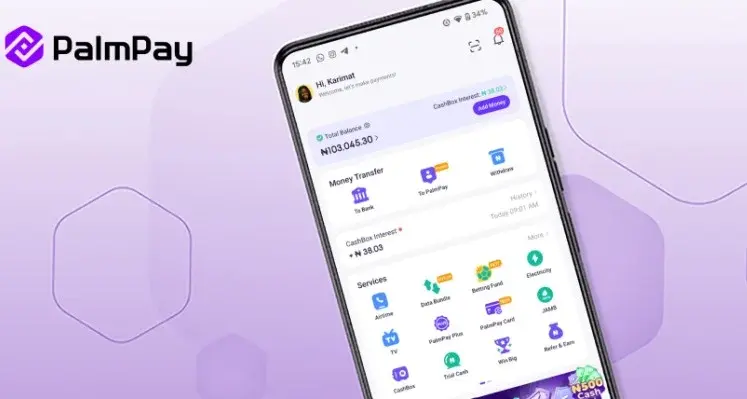Cisco has predicted that over the next five years (2016 - 2021), global digital transformation will continue to have a significant impact on the demands and requirements of IP networks according to the release of the Cisco Visual Networking Index™ (VNI) Complete Forecast
For the first time in the 12 years of the forecast, M2M connections that support Internet of Things (IoT) applications are calculated to be more than half of the total 27.1 bn devices and connections and will account for five per cent of global IP traffic by 2021. IoT innovations in the connected home, connected healthcare, smart cars/transportation and a host of other next-generation M2M services are driving this incremental growth -- more than two-fold increase from 5.8 bn in 2016 to 13.7 bn by 2021. With the rise of connected applications such as health monitors, medicine dispensers, and first-responder connectivity, the health vertical will be the fastest-growing industry segment (30 per cent CAGR). The connected car and connected cities applications will have the second-fastest growth (29 per cent CAGRs respectively).
Video will continue to dominate IP traffic and overall Internet traffic growth -- representing 80 per cent of all Internet traffic by 2021, up from 67 per cent in 2016. Globally, there will be nearly 1.9 bn Internet video users (excluding mobile-only) by 2021, up from 1.4 bn in 2016. The world will reach three trillion Internet video minutes per month by 2021, which is five mn years of video per month, or about one mn video minutes every second.
Emerging mediums such as live Internet video will increase 15-fold and reach 13 per cent of Internet video traffic by 2021 -- meaning more streaming of TV apps and personal live streaming on social networks. While live streaming video is reshaping today's online entertainment patterns, virtual reality (VR) and augmented reality (AR) are also gaining traction. By 2021, VR/AR traffic will increase 20-fold and represent one per cent of global entertainment traffic.
Top-level indicators include the projected increase in Internet users -- from 3.3 to 4.6 bn or 58 per cent of the global population, greater adoption of personal devices and machine-to-machine (M2M) connections -- from 17.1 bn to 27.1 bn from 2016- 2021, average broadband speed advances -- from 27.5 Mbps to 53.0 Mbps, and more video viewing -- from 73 per cent to 82 per cent of total IP traffic.
Emerging mediums such as live Internet video will increase 15-fold and reach 13 per cent of Internet video traffic by 2021.
By 2021, VR/AR traffic will increase 20-fold and represent one per cent of global entertainment traffic.
Globally, total public Wi-Fi hotspots (including homespots) will grow six-fold from 2016 to 2021 from 94 mn in 2016 to 541.6 mn by 2021.
SD-WAN will increase six-fold over the forecast period and represent 25 per cent of WAN traffic by 2021.
The number of DDoS attacks grew 172 per cent in 2016 and will increase two-and-a-half-fold to 3.1 mn by 2021 globally.
























